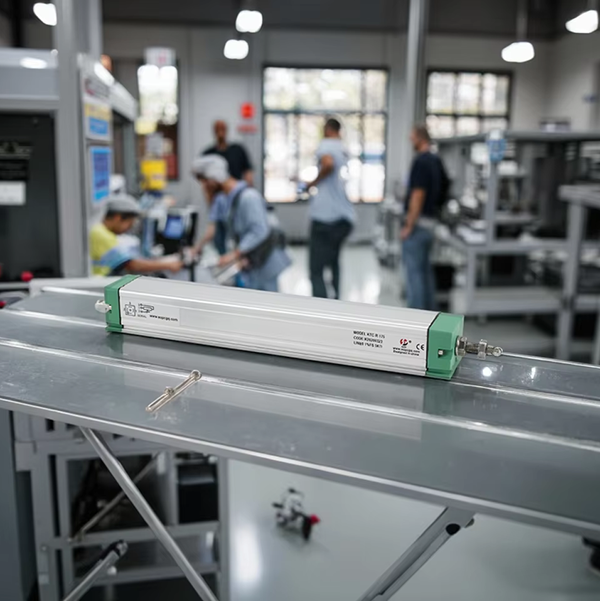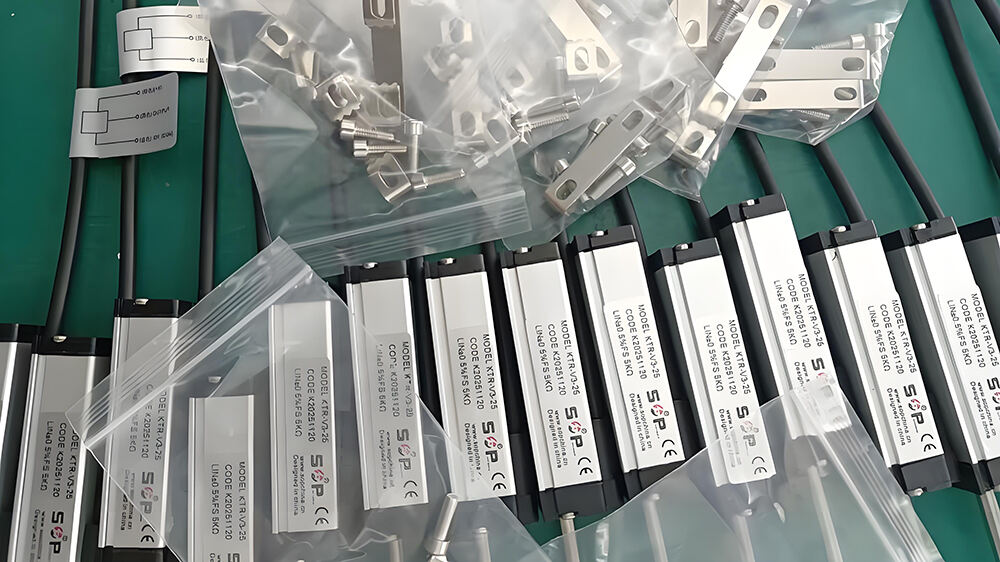Choosing the right linear displacement transducer manufacturer can make or break your project. Whether you're automating industrial machinery, optimizing robotics, or ensuring precision in aerospace applications, the quality of your transducer directly impacts performance and reliability. Here’s how to navigate the selection process without getting lost in technical jargon or marketing fluff.
1. Define Your Requirements Clearly
Start by outlining your project’s needs. What’s the measurement range? Are you working in harsh environments (e.g., extreme temperatures, vibrations, or corrosive conditions)? For example, a hydraulic system in a steel mill demands rugged transducers with high shock resistance, while a lab experiment might prioritize sub-millimeter accuracy. Avoid over-specifying—unnecessary features inflate costs.
2. Prioritize Quality Over Price
Cheap transducers often fail prematurely, leading to costly downtime. Look for manufacturers with certifications like ISO 9001. Ask for third-party test reports or case studies where their devices outperformed competitors under real-world stress. A reliable supplier won’t hesitate to share failure rate data or warranty terms.
3. Assess Technical Support & Customization
Can the manufacturer adapt to your unique needs? Custom mounting options, special cable lengths, or output signal compatibility (e.g., analog vs. digital) are often deal-breakers. A responsive engineering team that troubleshoots issues quickly is invaluable—especially when deadlines are tight.
4. Evaluate Production Capacity & Lead Times
Small-scale manufacturers might offer flexibility but could struggle with large orders. Verify their ability to scale production without compromising quality. Unexpected delays can derail entire projects, so clarify lead times upfront and ask about contingency plans for supply chain disruptions.
5. Check Reputation & Longevity
How long has the company been in business? A track record of 10+ years suggests stability. Dig deeper: Read customer reviews (not just testimonials on their website), ask for references, and check industry forums for unvarnished feedback. Red flags include vague technical documentation or reluctance to provide samples for testing.
6. Consider Total Cost of Ownership
The initial price tag is just the start. Factor in maintenance, calibration, and replacement costs over the device’s lifespan. A slightly more expensive transducer with a 1-year warranty might save money long-term compared to a cheaper, less durable alternative.
7. Trust Your Instincts
If a salesperson promises "unrealistic" performance or avoids answering technical questions, walk away. A reputable manufacturer will ask probing questions about your application to ensure compatibility—not just push sales.
Final Thought
Choosing a linear displacement transducer manufacturer isn’t just about buying a product; it’s about partnering with a team that understands your challenges. Take your time, ask tough questions, and prioritize reliability over shortcuts. Your project’s success depends on it.
About us
Jiangxi SOP is a 10+ years old innovator in linear displacement transducer technology, serving global clients with one-stop service. Our products have won support and trust from customers through the world and can meet continuously changing economic and social needs.


